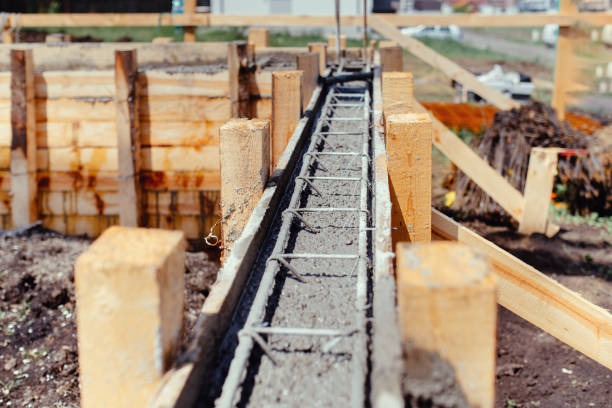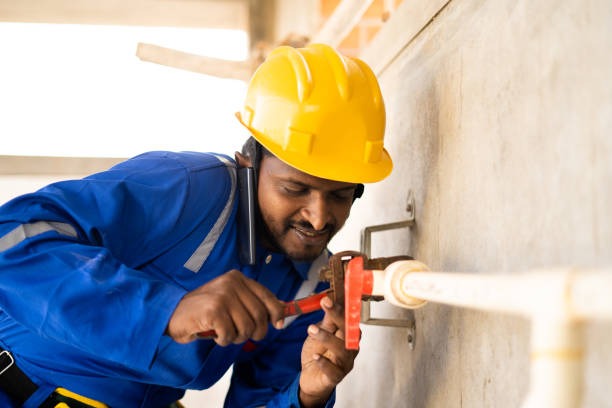Precast concrete construction has grown in popularity due to its quality, durability, and speed of installation. However, like any other construction method, it requires strict adherence to safety standards to ensure the well-being of workers and the integrity of the project. Precast concrete contractors bring a variety of safety standards to construction sites that help mitigate risks associated with this type of work.
One paramount safety standard is ensuring proper training for all staff involved in handling precast concrete elements. This includes training on lifting procedures, rigging equipment use, and understanding load capacities. Workers must understand how to safely maneuver heavy precast pieces using cranes or other machinery without risking their own safety or that of their co-workers.
Another key safety measure involves maintaining a clean and organized worksite. Because precast concrete components are often large and heavy, cluttered or disorganized sites can increase the risk of accidents during movement and placement operations. Contractors should regularly inspect job sites for potential hazards such as loose materials or debris that could cause slips or falls.
In addition to these practices, contractors also implement rigorous inspection protocols for equipment used in precast concrete installation. Cranes, hoists, slings – all need regular checks for wear and tear find answers here that could compromise their safe operation. Any faulty equipment must be promptly repaired or replaced before being allowed back into service.
Safety measures also extend to personal protective equipment (PPE). Hard hats, steel-toe boots, high-visibility vests – these are just some examples of PPE necessary when working with precast concrete elements at a construction site. The correct use of PPE can significantly reduce the risk of injuries from falling objects or crushing incidents.
Furthermore, many contractors enforce stringent rules around exclusion zones where only essential personnel may enter during lifting operations. These zones help protect workers from accidental contact with moving loads while allowing those directly involved in lifting activities enough space to operate safely.
Lastly but not least importantly is having an effective emergency response plan. Despite the best precautions, accidents can still occur. Having a well-thought-out emergency response protocol ensures that immediate action can be taken to minimize harm and manage the situation effectively.
In conclusion, safety standards are an integral part of precast concrete construction. Contractors must prioritize worker training, worksite cleanliness, equipment inspection protocols, proper PPE use, exclusion zones during lifting operations and comprehensive emergency response plans. By adhering to these standards, contractors can significantly reduce risk factors associated with handling precast concrete elements on construction sites while ensuring high-quality results for their projects.




